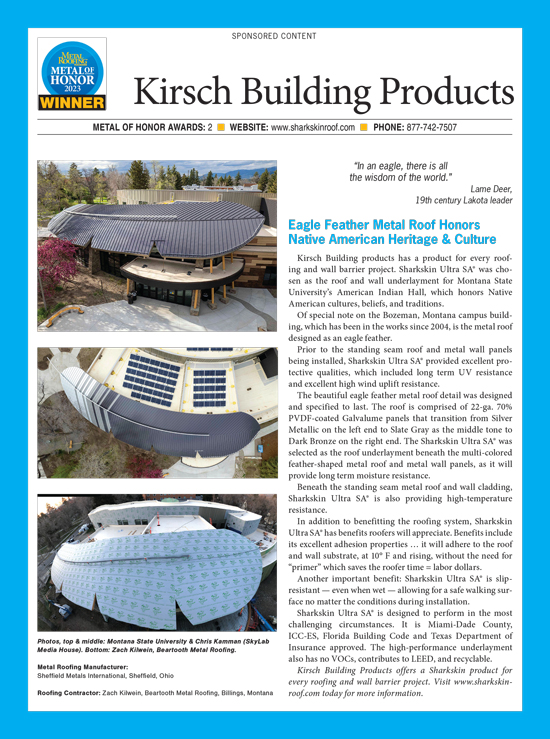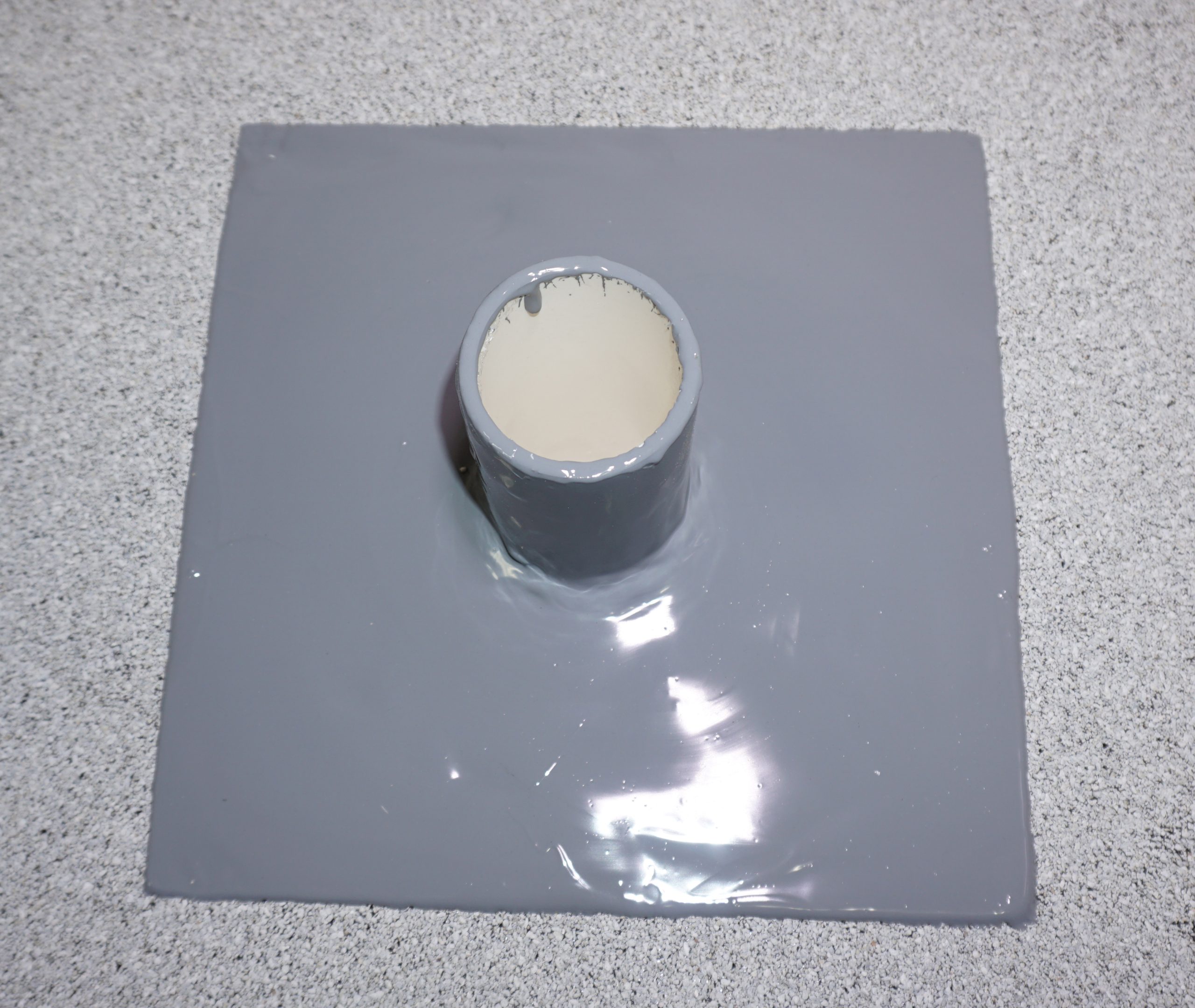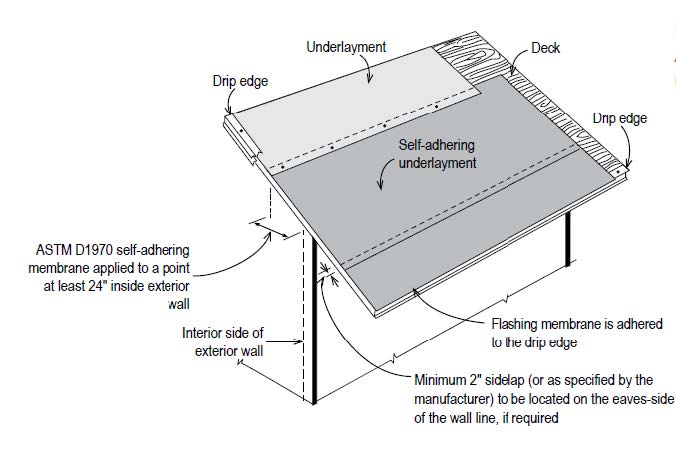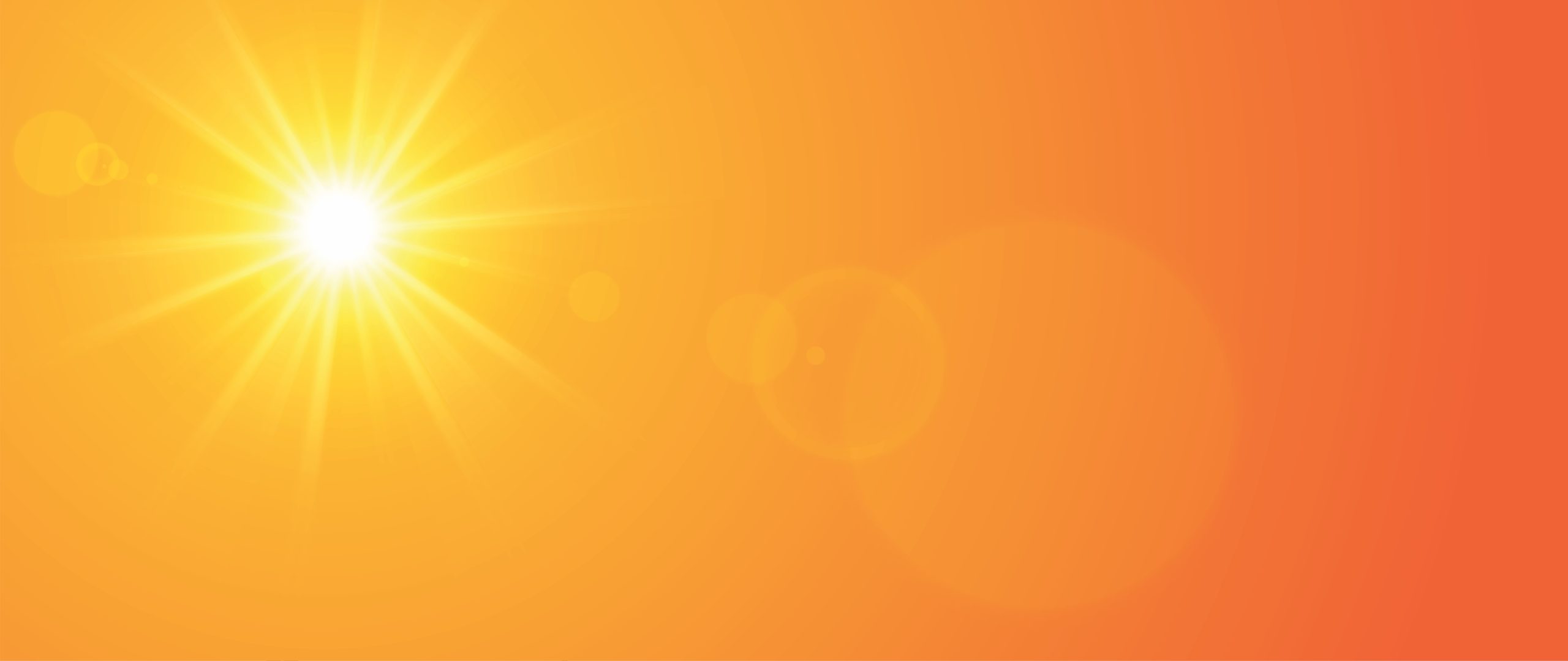By Linda Schmid
Everyone knows that standing water on the roof is not a good thing; it can lead to roof degradation over time. How do you know if the gutter system you are installing on a large commercial roof will be sufficient?
There are many considerations involved in setting up a good system.
Common Mistakes to avoid
-Gutter Sizing
Take the roof size and the pitch into consideration when choosing a gutter size. If the gutter is too small, it may be unable to keep up with heavy rainfall which can lead to damage to the gutter and eventual degradation of the roof in that area.
-Gutter Hanger Spacing
If spaced too far apart, the drag on the gutters can be too much and they can start to sag, leading to pooling water. Eventually the gutters may separate from the building.
-Improper Gutter Pitch
If pitched too sharply, the water may slosh out of the gutters. If the gutters aren’t angled enough, water can have a tendency to sit in the gutter, especially if anything creates the slightest obstacle inside the gutters. Both of these situations can cause gutter damage as well as foundational damage in that area of the roof.
-Too Many Seams
Seams are the weakest point in a gutter, so a system with the fewest seams possible is the best to avoid leaking.
-Poor Downspout Placement
How many downspouts you use and where you place them is important. If there aren’t enough downspouts to handle the amount of water entering the system, the water will overflow the gutters. If there is more water entering the gutters in one area than another due to the roof configuration, you want to be sure to have plenty of downspouts to handle the load. Improper placement can also lead to standing water, insect infestation, and damage to the roof or siding.
Key Considerations
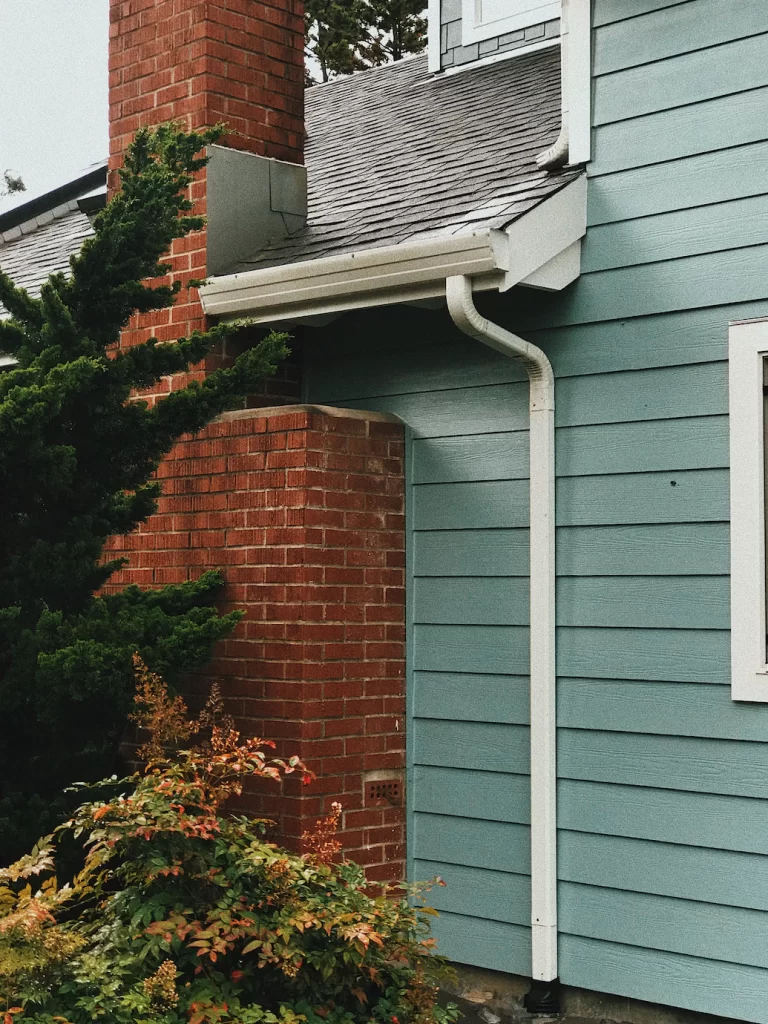
Harry Schouten at Advanced Architectural has some advice on gutter installation. He states that bigger roofs should have at least 7” box gutters. A 7” box gutter with one 4” x 5” downspout for 30’ of gutter is the standard he recommends for buildings up to 3,200 feet at 0-3/12 pitch. A 7” box gutter holds approximately 1 gallon of water per foot. (One gallon of water weighs over 8 pounds.)
Gutter pitch does not really affect the gutter size much, Schouten says. It’s just a helper to move the water to the outlet/downspout. A lot of architects call for 1/8” per foot pitch in the gutter systems they plan. However, Advanced Architectural has found in their 25 years that the gutter system will work with less pitch: a 1/8” drop in 2’ should do it. “You need a little pitch to get the water moving. Once it flows, the rest will follow.”
That said, many contractors hang gutters with no pitch. Commercial gutters hold a lot of water, approximately 1 gallon of water per foot, and it will find the outlet. There are exceptions; more pitch may be needed when the roof is not level. This is common in older buildings, not so much in buildings with steel trusses. Pitch is also needed in cases where there are limited ground drains.
Roof material should not be an issue as long as the roof is pitched to the gutter edge.
Most buildings can get by with a 7” box gutter and 4” x 5” downspouts because the gutter is there to catch the water, not to hold it. The number of downspouts is the important issue. Bigger roofs should have a 7” box gutter at minimum, but whether you are limited on downspout location also makes a difference. On some large buildings, such as big box stores, 10”-12” box gutter with 6” x 6” or 8” x 8” downspout is required because of drain locations.
Building location does not make a difference according to Sheet Metal and Air Conditioning Contractors’ National Association (SMACNA) except for buildings in gulf coast states and Oklahoma where gutters may have to deal with harsh elements.
Guttersupply.com supplied information for this article. Smacna.org has specific recommendations regarding gutter systems needed for a project.


